Recent Anderson Archival client Steve Brunkhorst found himself the caretaker of four old family albums. Like many others in the same situation, he didn’t know how to share the collection with his family in a way that was fair and sustainable for the materials.
But the biggest challenge was finding someone he knew he could trust with his collection during the project. Steve didn’t want to ship the albums to someone he didn’t know, because these were important family heirlooms. He wanted to find a digital preservation firm that would take personal accountability for his collection.
Even home collectors with amateur scanning experience can benefit from reaching out to a digitization firm to ensure they have the longest lasting file formats and image quality. We sat down with Steve to talk about trusting in the process, trusting that the physical items will be well taken care of, and trusting in the enhancement and digital versions of this history.
AA: Can you describe the collection and its significance to you?
My mother passed away last year at 93 years. She had a very long, very healthy, and pretty happy life. I live in St. Louis, so I ended up with many of her cherished possessions, including this collection of [four] photo albums. One was put together by her mother, one was hers, one was my father’s, and one was my mother and father’s from the time they met until the time they started having children.

AA: That’s a lot of history in just four albums! I’m sure they piqued the curiosity of other family members too. Did that influence your decision to digitize them?
I have a brother and two sisters. Everyone has some interest in these old photo albums, so this was a problem staring me in the face. I was trying to find a way to share the albums in a way that was equitable and could be appreciated and easily accessible. And I do have a little bit of knowledge about scanning. I’ve got a fairly good amateur flatbed scanner, and I’m interested in photography a little bit, so I have Photoshop Elements, which allows you to correct images.
AA: With that knowledge, what was your original vision for digitizing the albums?
I had some knowledge of what I wanted done, but I knew I did not want to do it myself for a couple of reasons. One, my flatbed scanner does not have a large enough bed for the size of some of the albums. [Also] one of the albums did not come apart, as it was bound. And the third reason was, I just simply didn’t want to put that much work into it myself.
I knew there were scanning companies where you would send a shoebox full of photos in and they’d send you something back. I was looking for a local company because I did not really want to take these irreplaceable albums and put them in the mail to someone I did not know. I was hoping I would [physically] hand [over] my documents and feel like there was some personal accountability rather than putting a box in the mail.
AA: Did you receive that personal touch you were looking for?
This [project] was being done while COVID was still a big concern. I did not actually enter your facility beyond the entry lobby, but I was just blown away. [Principal Mark Anderson] came over and talked to me a little bit and gave me a lot of confidence that I was for sure in the right place.
AA: Can you tell me more about what the digitization process was like from your perspective?
The idea was that I’ll give [the albums] to my brother and two sisters in the digital format, so this was a dilemma of how to do that. The dilemma [could be] solved by scanning everything, so everybody gets everything in a digital format, and then each of the brothers and sisters gets another piece in the old historical legacy format.
I didn’t know exactly what I wanted in the way of PDFs or JPEGs. [Content Specialist Marcia Spicer] offered a standard package of PDFs and JPEGs at different scan densities and even TIFFs. That was something that I didn’t know to request, but due to her experience, it was offered. That worked out very well.
AA: I know that one album could not be easily unbound, and a handful of photographs throughout the albums had silvering issues from age. What was your approach to these physical challenges during digitization of this collection?
What happened is that Marcia sent me some test [images] and scans. Some were just pretty neutral scans how the equipment was able to digitize, and then there were some enhancements. I looked at the enhancements, and what I found even at home doing some digitization on these photos was that, depending on the condition of the photo, that different photos would require different kinds of enhancements to improve them a bit.


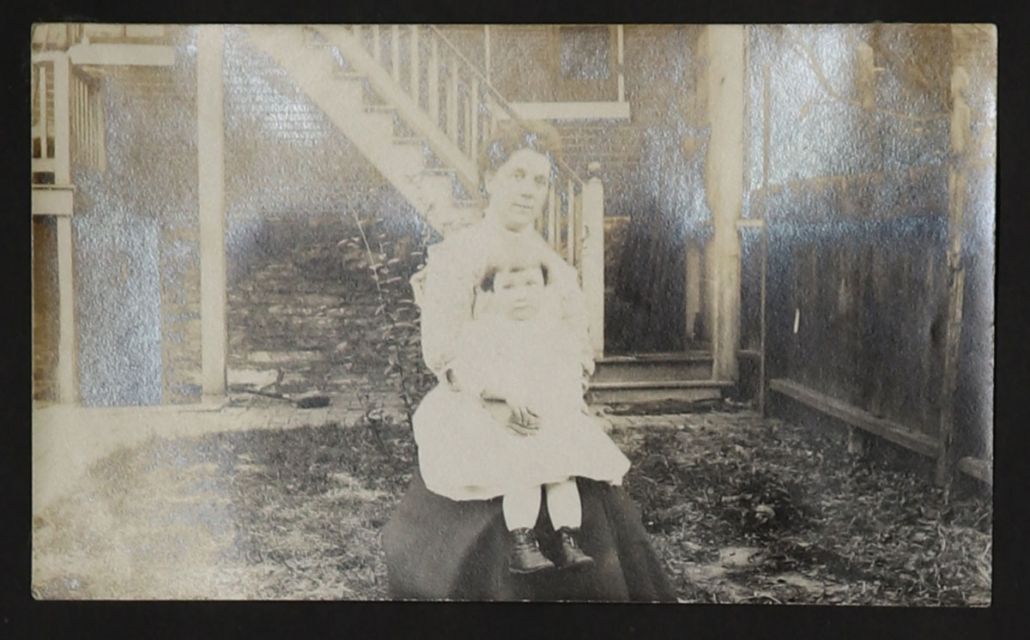
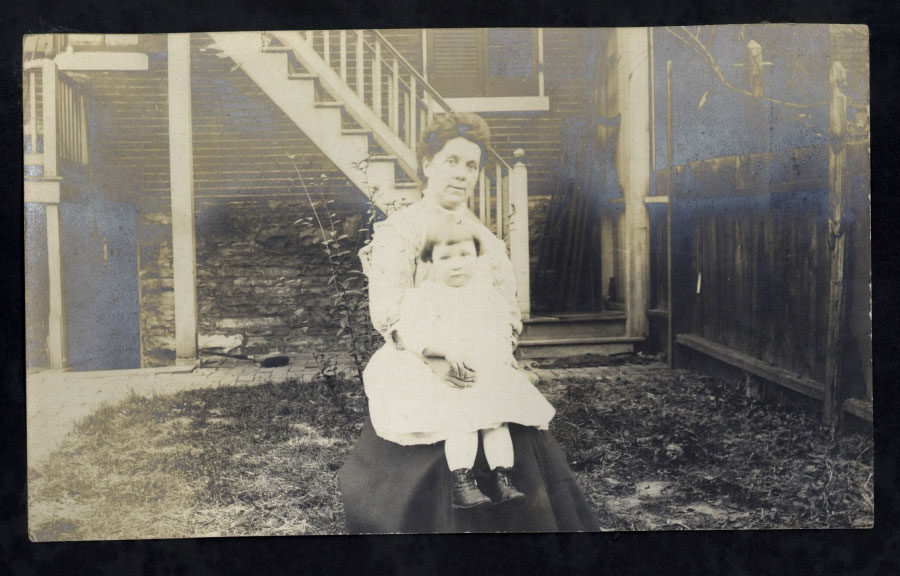
AA: How would you say the digital versions of the albums helped you see the collection and its history in a new way?
[Before digitization] I had [only] glanced at these photos. My sister had looked at the albums with my mother to try to identify some of the people [in the photos], and she had stuck little post-it notes on the pages of the album. What I did is remove those notes, keeping track of which photos they were related to, which page they were on. After I received the PDFs [from Anderson Archival], I was able to use a PDF program called Nuance to insert digital comments on the pages. It looks really nice and was much nicer than scanning the post it notes.
Later on, I was looking page by page to make a few notes and understand [for] myself when these photos were taken. Looking at these photos kind of got me interested in going back to some other [historical family] documents I have scanned, to go back and understand what year these events happened. I was able to do that, going back to my digital files, finding dates, and other reference information, and then making small notes on the PDF version of the albums. That was something which I never thought I was going to do, but it kind of evolved out of it. I was giving them something that was as complete and interesting as it could be, so that turned out to be kind of a fun benefit of having the collection digitized.
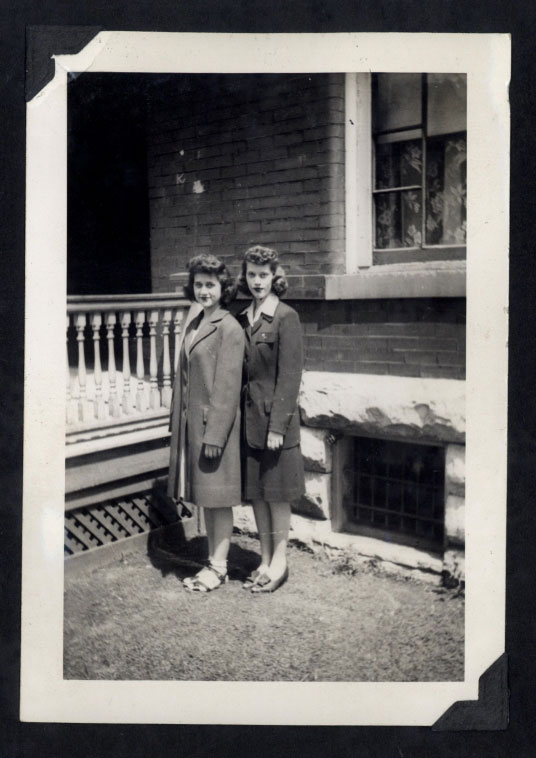
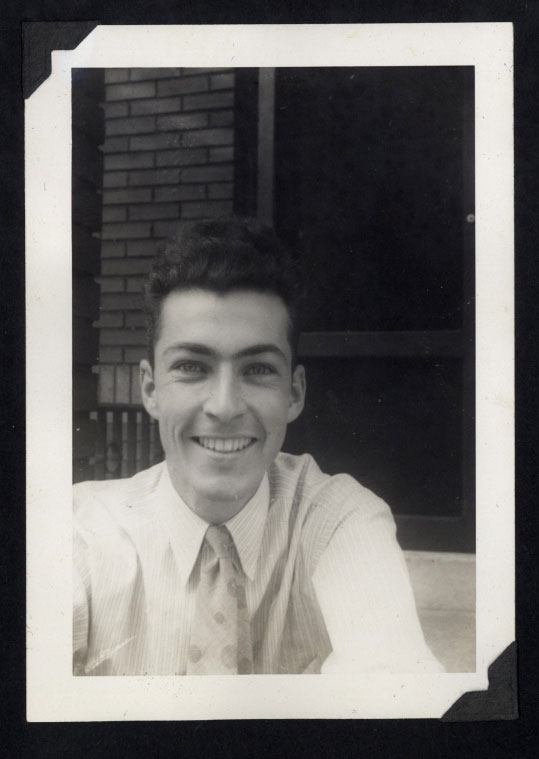
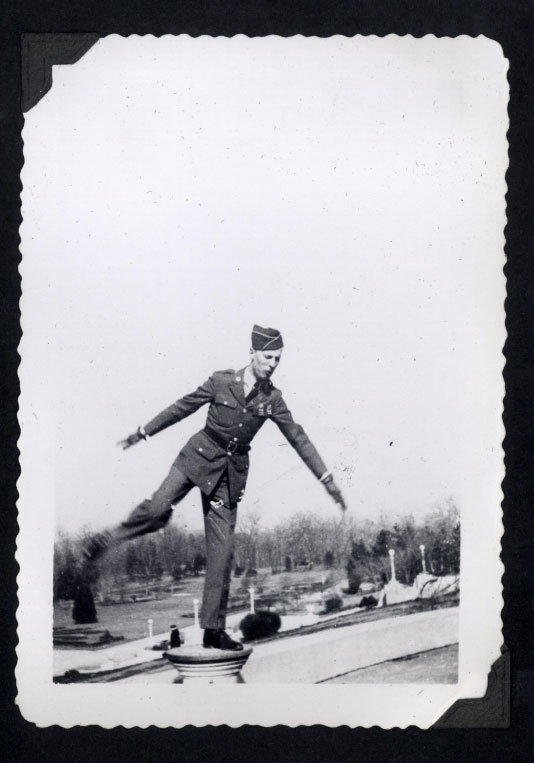
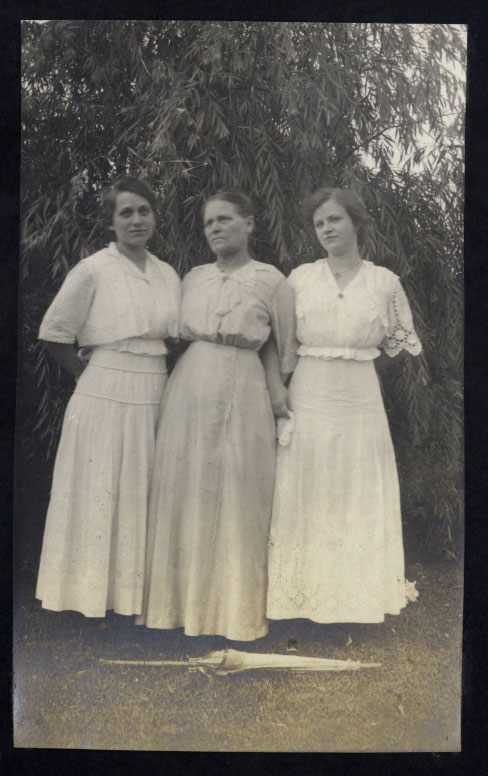
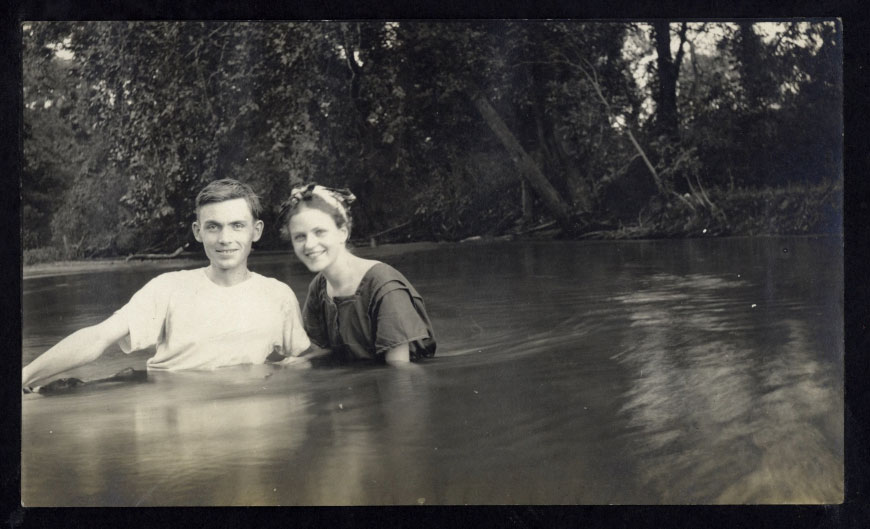
Back then, the earliest photos were very small and not very crisp. Over the course of the photo albums, you can see the technology improves, the knowledge about how to take a photo and move [the camera] closer [to the subject]. In a way, you’re also seeing the evolution of photography.
AA: I hadn’t thought about it that way, but the movement through time is very apparent when looking at all the albums together. Did you learn anything new about your family from the digital albums?
I knew my grandmother pretty well when I was growing up, because my grandmother lived with my mother and father. It was more of an integrated family situation back then. I knew my grandmother from birth until I left home at 18 years old, but she was always this old grandmother to me. She wasn’t quite as old, really, as I know it now.
Looking back at her photograph album, I see photos of her and her friends with tennis racquets and cameras, in the park, in boats, and taking pictures, which is very much like social media today. I realized when my grandmother was younger, she was quite a hot young woman and her friends [were] very attractive. They were smiling and laughing and having a lot of fun. And I just never thought that about my grandmother until I looked back at these photographs and said, ‘Yeah, they were having a good time. They were having a nice life.’ That was kind of a rediscovery for me.
AA: How do you think your family will use the digital files going forward?
I’ve downloaded all of the digitized content onto my PC, and I purchased some thumb drives to store the files. [Each sibling] can send that thumb drive on to their children, who can also store it on their own electronic devices and have a copy of it. Even if they don’t look at it today, they’ll have it for some time in the future when they do.
AA: Thank you for trusting us with your collection and sharing your story. Is there anything else you’d like to add?
I enthusiastically recommend that people [who] have documents, photographs, or anything else that needs to be organized get in touch with you and see what you can do for them. Everybody’s got a big cache of photo albums. People my age still don’t want to just throw things away without having some copy or some reference to it, so I’m looking forward to telling other people about Anderson Archival and showing them what I’ve received. Hopefully, it’s a solution for some other people to know.

